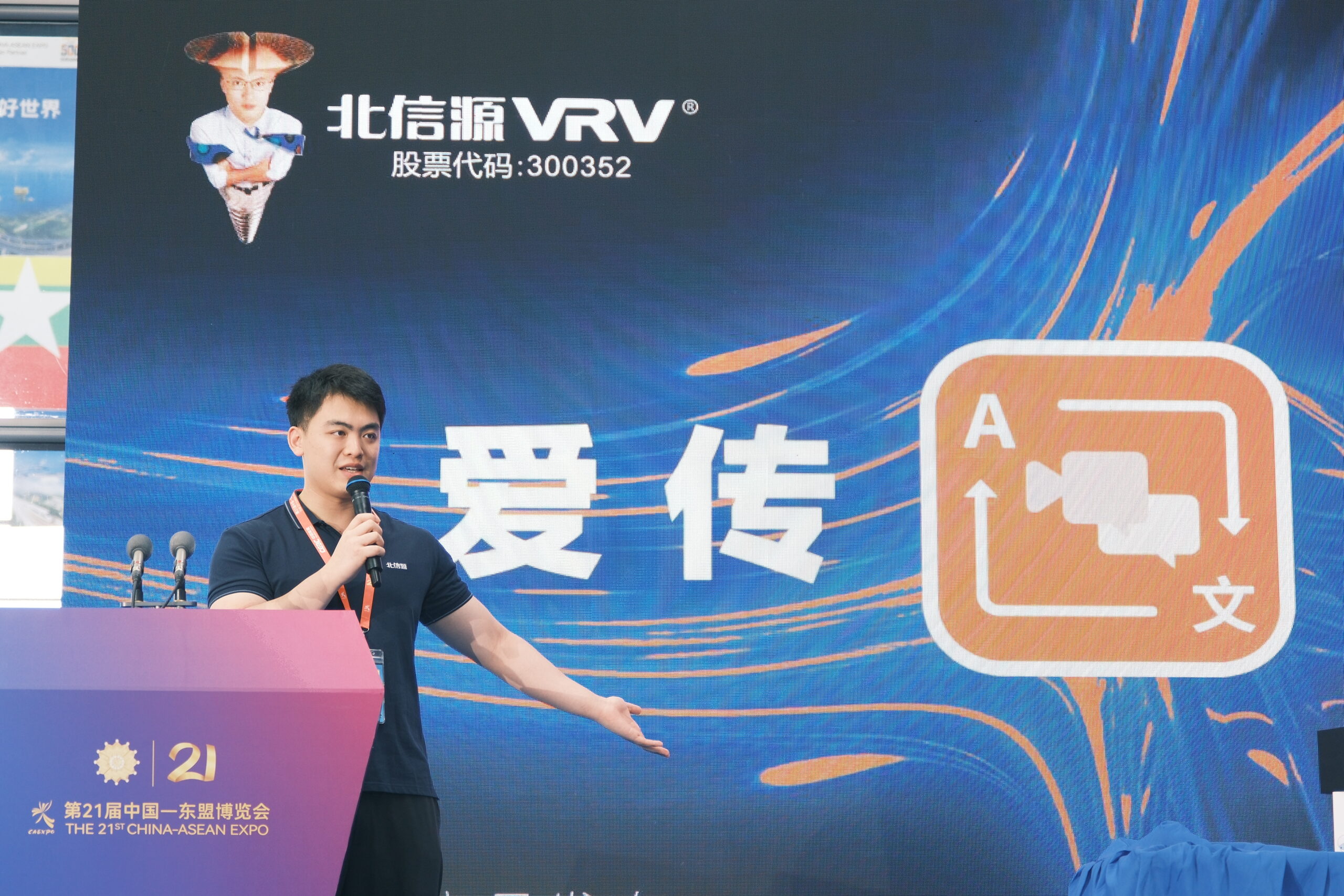In a groundbreaking development for the broadcasting industry, XL8 has become the first commercial platform to deploy AI-based real-time translation for live Spanish captions. This innovation not only enhances accessibility for Spanish-speaking audiences but also sets a new standard for global media by leveraging cutting-edge artificial intelligence.

The Technology Behind XL8
At the core of this breakthrough is an advanced AI engine that processes live audio streams and converts them into accurate Spanish text captions almost instantaneously. Utilizing deep neural networks and natural language processing, XL8 deciphers spoken words, recognizes context, and produces captions that maintain the natural flow of conversation. Key features include:
- Real-Time Processing: The system transcribes and translates live broadcasts with minimal delay, ensuring viewers receive timely information.
- Adaptive Learning: Continuous improvements through machine learning enable the AI to better handle dialects, colloquialisms, and varied accents.
- Scalability: Designed for high-volume data, XL8 can support large-scale broadcasts, from news and sports to entertainment events.
Transforming Broadcasting and Enhancing Accessibility
The introduction of real-time Spanish translation captions offers significant benefits for broadcasters and audiences alike:
- Wider Reach and Inclusivity: With nearly 500 million native Spanish speakers worldwide, broadcasters can now engage a larger audience, ensuring content is accessible to non-English speakers.
- Improved Viewer Experience: Live captions not only aid understanding but also serve viewers who are deaf or hard of hearing, meeting accessibility standards and regulatory requirements.
- Cost Efficiency: Automating the translation process reduces reliance on manual captioning services, lowering operational costs while maintaining high-quality output.
Addressing Challenges and Ensuring Quality
While the potential of AI-driven translation is immense, several challenges remain:
- Translation Accuracy: Despite impressive performance, nuances in language and cultural context can sometimes be lost in translation. Continuous training and human oversight are essential for maintaining precision.
- Handling Varied Accents and Dialects: Live broadcasts often feature speakers with different accents. XL8’s adaptive learning capabilities are improving its ability to manage these variations, though further refinements are needed.
- Contextual Understanding: Capturing idiomatic expressions and regional slang remains a complex task, prompting ongoing efforts to enhance the AI’s contextual grasp.

Future Implications and Industry Impact
The success of XL8’s AI translation marks a significant turning point in digital media:
- Expanding Multilingual Support: While Spanish is the initial focus, the underlying technology paves the way for additional language support, enabling truly global broadcasts.
- Integration Across Platforms: Beyond traditional TV and radio, real-time translation can extend to online streaming, social media, and virtual events, broadening the horizon for content creators.
- Enhanced Global Communication: This technology facilitates cross-cultural dialogue, making information more universally accessible and fostering a more inclusive media environment.
Industry experts are hailing this innovation as a major step forward, predicting that the integration of AI-based real-time translation will become a staple in modern broadcasting and digital communication.
Frequently Asked Questions
Q: What is XL8 and what does it do?
A: XL8 is an AI-powered platform that delivers real-time Spanish translation captions for live broadcasts, making content accessible to Spanish-speaking audiences and enhancing overall viewer experience.
Q: How does the real-time translation process work?
A: The system uses advanced neural networks and natural language processing to transcribe live audio, translate it into Spanish, and generate captions with minimal delay, all while adapting to various accents and dialects.
Q: Why is this innovation important for broadcasters?
A: It expands audience reach by providing live content in Spanish, improves accessibility for non-English speakers and those with hearing impairments, and reduces the costs associated with manual translation services.
Q: How accurate are the AI-generated captions?
A: While the technology is highly advanced, there may be occasional inaccuracies with idioms or regional expressions. Ongoing improvements and human oversight help ensure the quality and accuracy of the translations.
Q: Can this technology support other languages?
A: Yes, the underlying AI system is designed to be scalable. While the current focus is on Spanish, the platform can be expanded to support additional languages in the future.
Q: What challenges does AI-based translation face?
A: Key challenges include maintaining translation accuracy, handling diverse accents and dialects, and capturing cultural nuances in real-time without compromising the natural flow of dialogue.
Q: What are the broader implications for the broadcasting industry?
A: This technology is set to revolutionize global broadcasting by making live content more inclusive, reducing language barriers, and enabling more efficient and cost-effective translation processes across various media platforms.

XL8’s real-time Spanish translation captions represent a significant leap forward in the application of AI in broadcasting. By enhancing accessibility and broadening audience engagement, this innovation is not only transforming the way live events are experienced but also setting a new benchmark for future technological advancements in media.
Sources News Cast Studio


